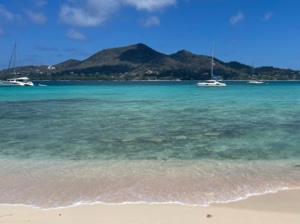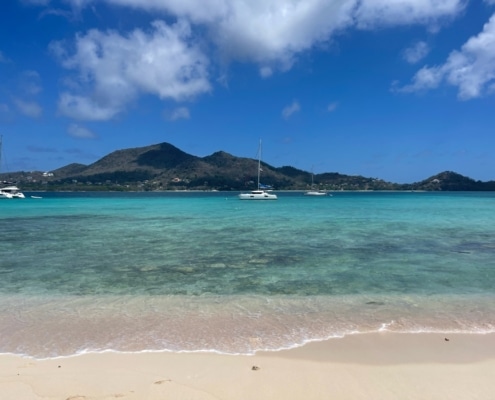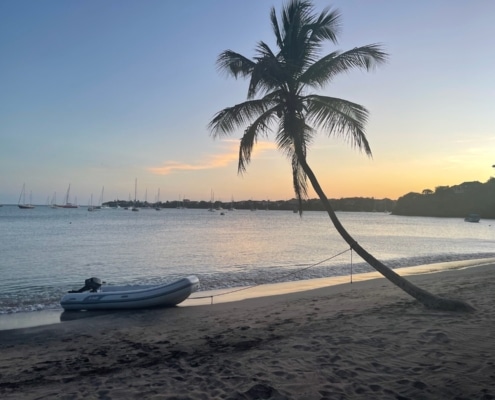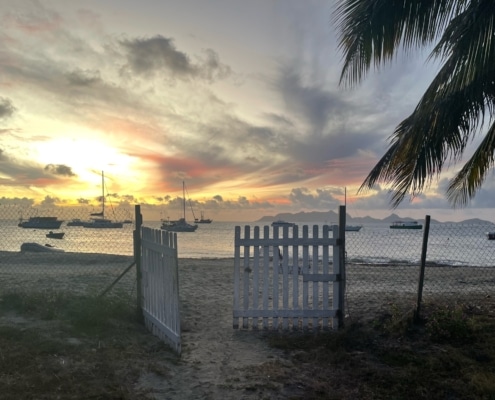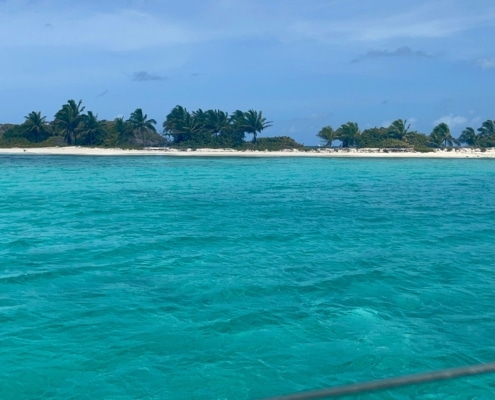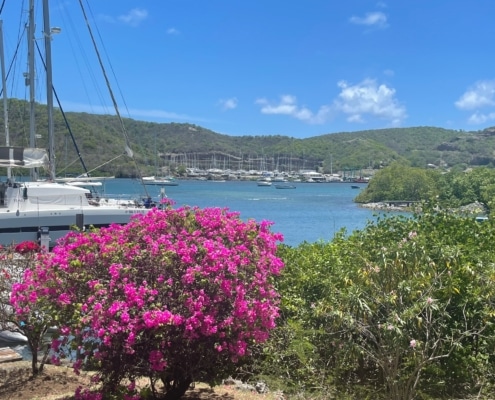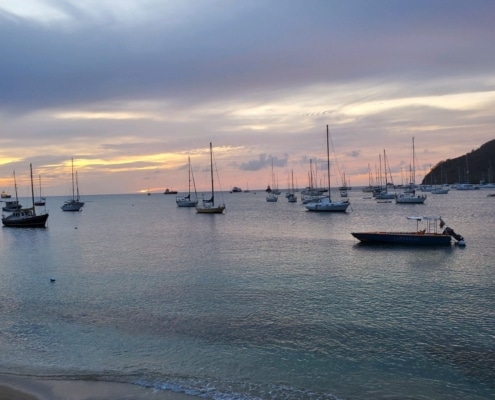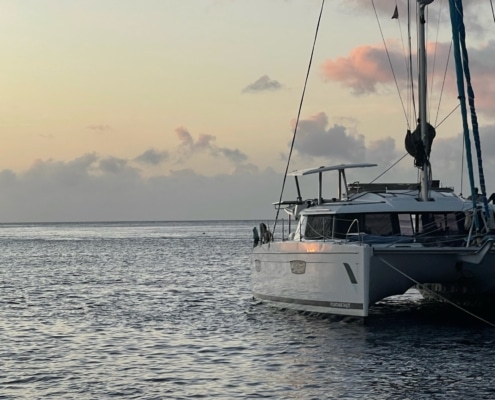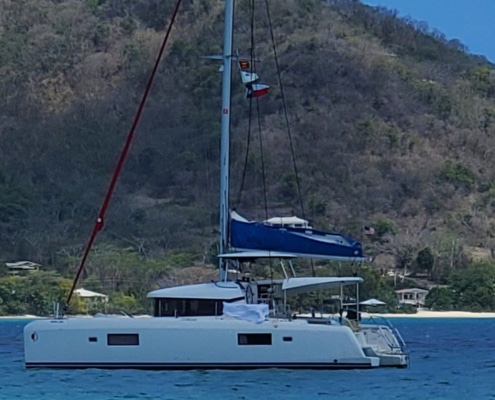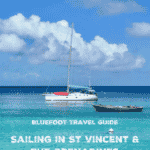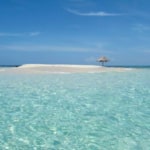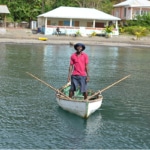Local Knowledge + Education: as Sailing Vacation Experts, NauticEd’s team has chartered and sailed in almost all these locations – providing you with the “local knowledge” you need when planning a sailing vacation. And, as the leader in sailing education, NauticEd assigns different skill levels based on the knowledge-theory and practical/experience needed for chartering in different sailing locations.
Recommended Knowledge-Theory Courses for chartering: Bareboat Charter Master Bundle (six bareboat and near coastal courses), Catamaran Sailing Confidence (if chartering a Cat), Yacht Charter Crew Course (for your crew).
Skill Levels notably emphasize the overall practical experience and competency that is required to sail in certain areas. Of course, the “devil’s in the details” on specifics, and we recommend you contact us when planning a sailing vacation. We’ll save you money on your vacation – which is great – but being prepared to have safe fun experiences that will last a lifetime is priceless!
• Intermediate = Near Coastal <5nm within sight of land, some navigation hazards (always be aware), and generally mild weather conditions. Good seapersonship (i.e., “seamanship”) skills, knowledge, and experience apply.
• Intermediate +Plus = Near Coastal <15nm, within sight of land in clear atmospheric conditions, moderate navigation hazards, and/or challenging weather. Good seapersonship skills, knowledge, and experience apply.
• Advanced = Near Coastal <20nm, within sight of land in clear atmospheric conditions, many navigation hazards, and/or potentially difficult weather. Expert seapersonship skills, knowledge, and experience apply.
*Atmospheric conditions: from the deck of a sailboat, your “visible horizon” is about 12nm on a clear day (considering typical freeboard + your height). Visibility is decreased by haze, fog, rain, smoke, and similar atmospheric considerations. Navigating by line of sight is obviously greater if your destination has features such as mountains, lighthouses, tall buildings, etc…
*Navigational hazards may include features such as rocks, shoals, rough inlets or anchorages, challenging tides and currents, lee shores, commercial traffic, etc…
*Weather: examples of challenging or difficult weather include thunder/lightning storms, areas prone to high winds, or even seasonal risks such as excessive heat.
###

